Cartoonist Golo: Drawing is what I do
Updated: 2016-05-05 09:08
By Ruan Fan(chinadaily.com.cn)
|
||||||||
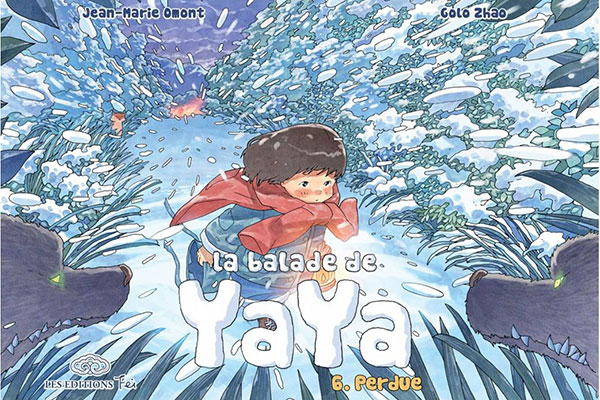 |
|
Cover of the sixth episode of La Balade de Yaya. [File photo] |
Inspired by camera
Zhao insists on using film camera, and often carries one with him.
"I bought this on Taobao.com for only 100 yuan (about $15)," he says showing his 70s Fuji antique.
Zhao said he doesn't mind spending money on the films, developing a film or having to wait for some time before he can see the pictures, because pictures taken by film cameras are irreplaceable.
"I use the film camera to take pictures of people, architectures and places as materials for creation. I often got from them inspirations. I can't possibly get inspiration from photos taken by digital ones."
By applying more wide-angel, close-up and consciously take photos with varies field depths, pictures Zhao takes by film cameras usually have the right light, tone, structure, atmosphere, and certain themes, which could be emotionally provoking, something he acknowledges.
"The feeling you get from the pictures, or from taking the pictures, is so different from those through a cell phone, it doesn't make any difference even if you process them with varies filters," Zhao said.
"Now I use digital cameras only to take pictures for details of a building or something, or objects," he said.
In Beijing, there are not so many good film-developing stores left, or in Zhao's observation, two. Zhao would travel across half the city sometimes to get the films developed, and he said it was all worth the time.
In La Labalade de Yaya, Zhao's cartoon series, many scenes are from real life.
"I made a trip to Xitang, a county in East China's Zhejiang province, to take photos for a right setting."
Zhao said it was the photos he took in Xitang that enabled him to understand what was described in the series "village".
In the cartoon, the beauty of the eastern China water town was translated by his drawing, that people might get a more direct sense of how a peaceful and beautiful place used to be, and how brutal the war is to have turned all of it eventually to ruins and shambles.
"A good photo communicates emotion, it allows me to produce stories in space and time within its frame. This is what I call real photography, and it means a lot to me."
- Massive protests against Abe mark Japan's Constitution Memorial Day
- Go kitesurfing in Israel
- 500 million people at risk of contracting Zika in Americas: PAHO official
- UN urges DPRK to stop 'further provocative action'
- China stresses Putin's expected visit
- British FM visits Cuba for 1st time since 1959

 Olympic flame lands in Brazil for 94-day relay to Games
Olympic flame lands in Brazil for 94-day relay to Games
 Top 10 least affordable cities to rent in
Top 10 least affordable cities to rent in
 Exhibition of Tibetan Thangka painting held in Lhasa
Exhibition of Tibetan Thangka painting held in Lhasa
 Storm's aftermath is a pink petal paradise
Storm's aftermath is a pink petal paradise
 Xinjiang-Tibet Highway: Top of the world
Xinjiang-Tibet Highway: Top of the world
 Female patrol team seen at West Lake in Hangzhou
Female patrol team seen at West Lake in Hangzhou
 Drones monitoring traffic during May Day holiday
Drones monitoring traffic during May Day holiday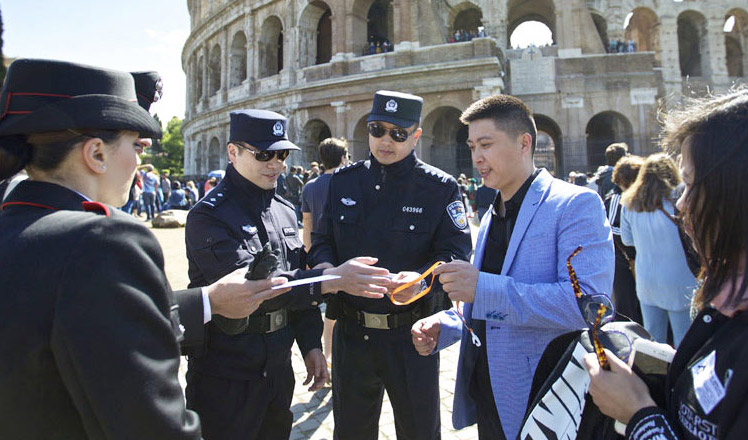
 Sino-Italian police patrols launched in Italy
Sino-Italian police patrols launched in Italy
Most Viewed
Editor's Picks

|
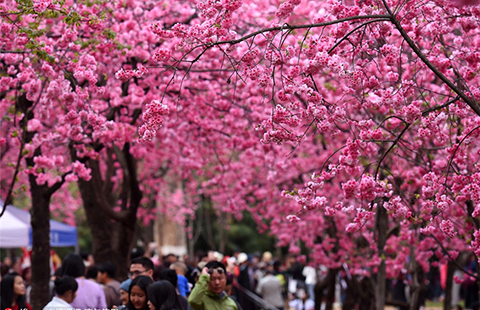
|
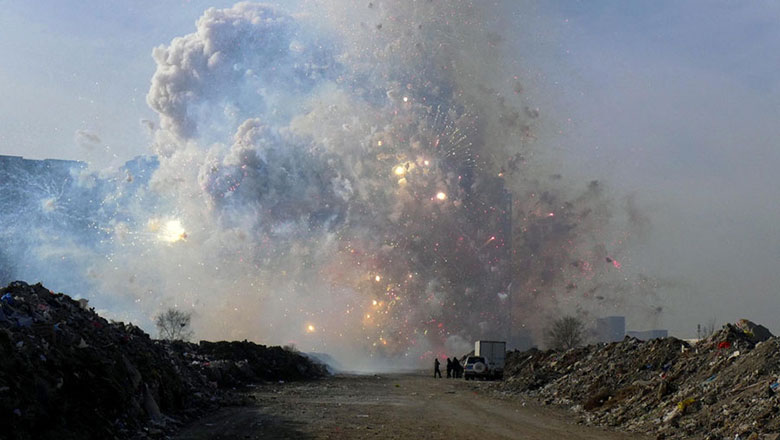
|

|
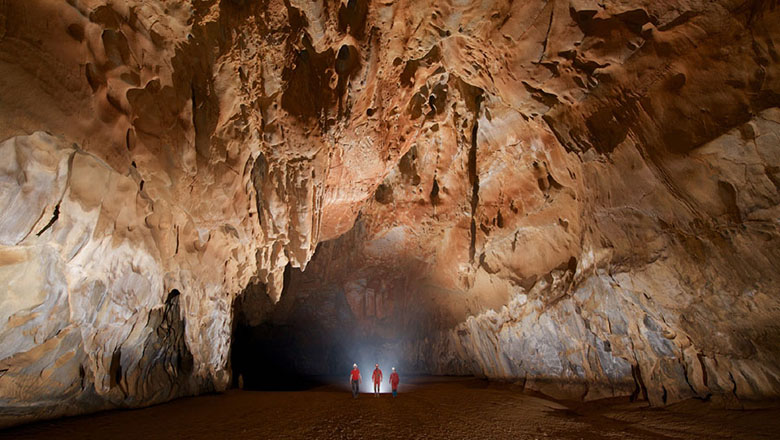
|

|
Today's Top News
Liang avoids jail in shooting death
China's finance minister addresses ratings downgrade
Duke alumni visit Chinese Embassy
Marriott unlikely to top Anbang offer for Starwood: Observers
Chinese biopharma debuts on Nasdaq
What ends Jeb Bush's White House hopes
Investigation for Nicolas's campaign
Will US-ASEAN meeting be good for region?
US Weekly

|

|









